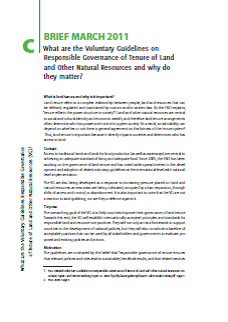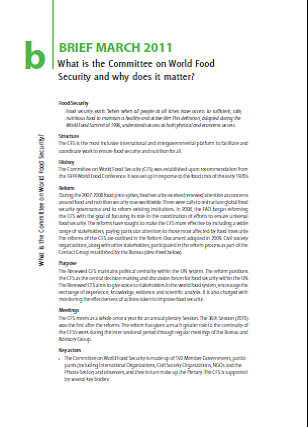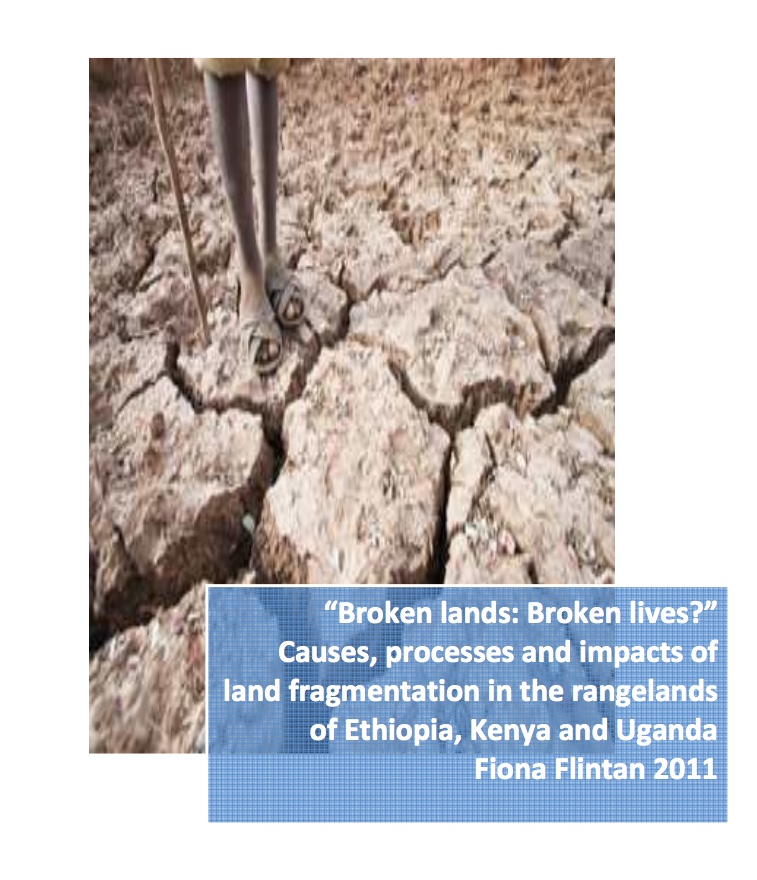Welfare effects of market friendly land reforms in Uganda
This article estimates the poverty reducing impact of the recent land reforms and land transfers in the different land tenure systems of Uganda. Using balanced panel data for 309 households in 2001, 2003, and 2005, models that control for unobserved household heterogeneity and endogeneity of land acquisition and disposition are employed to measure the poverty-reduction effect of land on household expenditure per adult equivalent. Significant poverty reduction effects of increased land access in form of owned, operated and market-accessed land were found.







